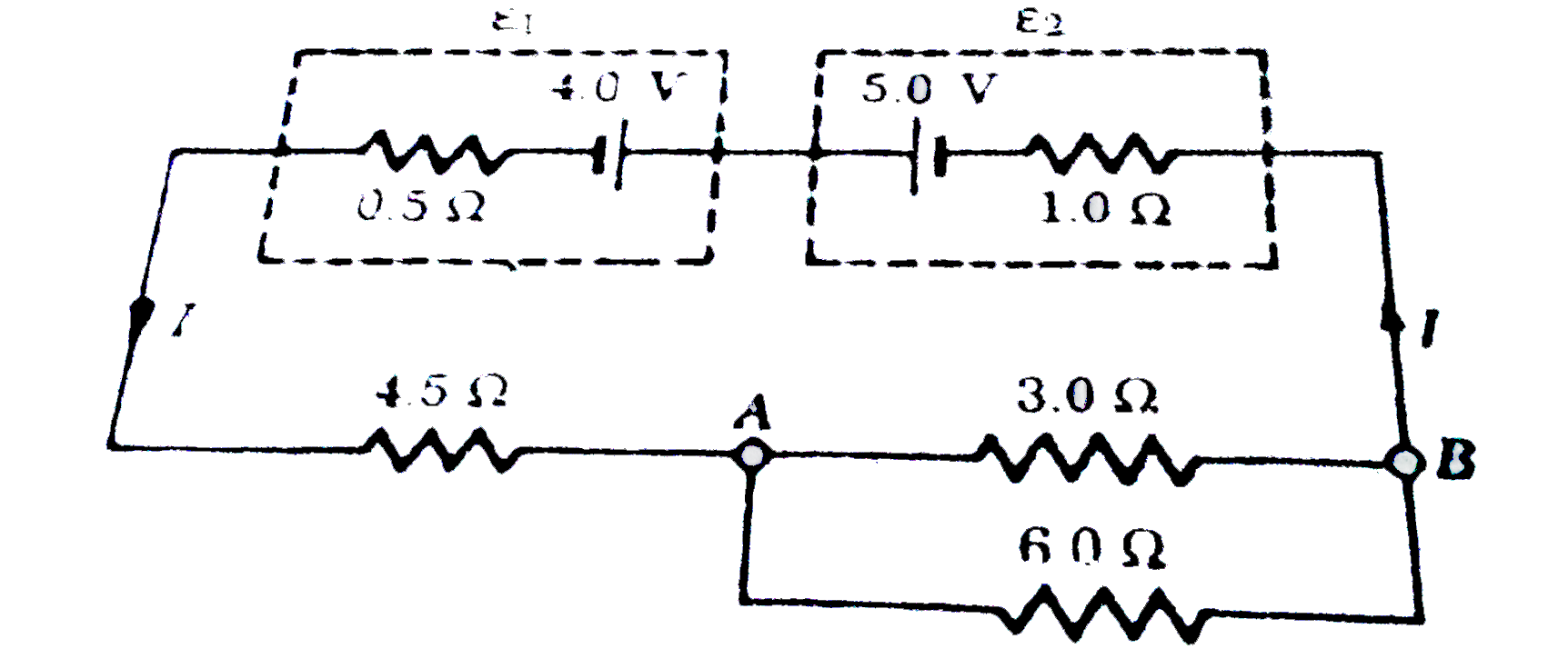Experimentally prove that in parallel combination of three resistances:
(a) Potential differencr across each resistor is same and
(b) Total circuit current is equal to the sum of currents flowing through individual resistors.
Parallel combination of resistors: We take three resistors R1,R2andR3 and join them in parallel between the points X and Y. Complete the electric circuit as shown in Fig.12.53.
(i) Plug the key and note the ammeter reading I and voltmeter reading V. so, potential difference across the parallel combination of resistances is V volt.
(ii) Take out the plug from the key. Remove the ammeter and voltmeter from the circuit. Insert the ammeter A in series with the resistor R1 and voltmeter in parallel with the resistors R1 (i.e.,across the points L and M as shown in Fig.12.53). Plug the key and note readings of voltmeter and ammeter. Voltmeter reading is even now V but ammeter reading is I1, where I1<I
(iii) Similarly measure the currents through R2andR3. Let these be I2andI3 respectively. Also measure potential differences across points PQ and ST. Potential differences are found to be V each time.
(iv) As voltmeter reading across R1,R2andR3 is same as across the parallel combination. we conclude that in parallel combination of resistors. the total potential difference is equal to the potential difference across any one resistor.

(b) Experimentally we find that I=I1+I2+I3 It proves that in parallel arrangement of resistors the total current is equal to the sum of the currents flowing through individual resistors.

Topper's Solved these Questions
- ELECTRICITY BOOK - U-LIKE SERIESCHAPTER - ELECTRICITY EXERCISE - SHORT ANSWER QUESTION
44 Videos
- CBSE SAMPLE QUESTION PAPER 2019 - 20 (SOLVED)BOOK - U-LIKE SERIESCHAPTER - CBSE SAMPLE QUESTION PAPER 2019 - 20 (SOLVED)EXERCISE - SECTION A
10 Videos
- LIGHT - REFLECTION AND REFRACTION BOOK - U-LIKE SERIESCHAPTER - LIGHT - REFLECTION AND REFRACTION EXERCISE - LONG ANSWER QUESTIONS
14 Videos
Similar Questions
Experimentally prove that in series combination of three resistances:
(a) Current flowing through each resistance is same , and
(b) total potential difference is equal to the sum of potential differences across individual resistors.
View SolutionIn the circuit shown in Fig. 4.41, calculate the current in each resistor and potential difference across each resistor.

View Solution
Knowledge Check
A resister of 80Ω is connected to a cell and the potential difference across the resistor is 40 V. Then the amount of current that flows through the given resistor is _____ A.
A0.25B0.5C5D2.5A parallel combination of two resistors, of 1Ω each, is connected in series with a 1.5Ω resistor. The total combination is connected across a 10 V battery. The current flowing in the circuit is
A5AB20AC0.2AD0.4A
In the circuit shown in Fig. 4.41, calculate the current in each resistor and potential difference across each resistor.

View SolutionIf r1,r2andr3 are three resistors connected in series in a circuit and I is the current through the circuit, what is the current flowing through each resistor ?
View SolutionTwo resistors 4Ωand6Ω connected in parallel. The combination is connected across a 6V battery of negligible resistance. Calculate
(a) the current through the battery
(b) current through each resistor.
View SolutionCalculate the current flowing through each of the resistors A and B in the circuit shown in Fig.

View SolutionDraw a circuit diagram of an electric circuit containing a cell, a key, an ammeter, a resistance of 2Ω in series with a combination of two resistors (4Ω each) in parallel and a voltmeter across the parallel combination. Will the potential difference across the 2Ω resistor be the same as that across the parallel combination of 4Ω resistors ? Give reason.
View SolutionIn the circuit diagram given below, the current flowing across 5 ohm resistor is 1 amp. Find the current flowing through the other two resistors.

View Solution
